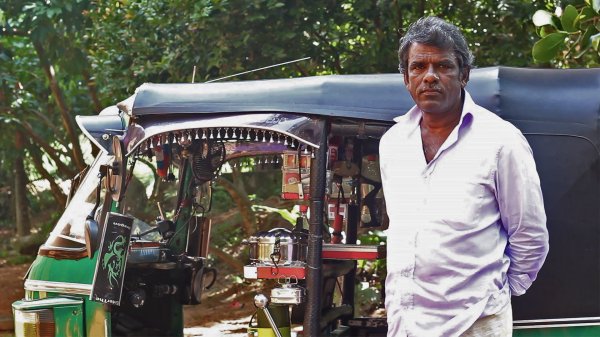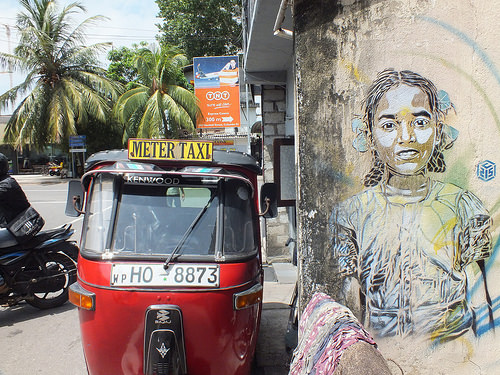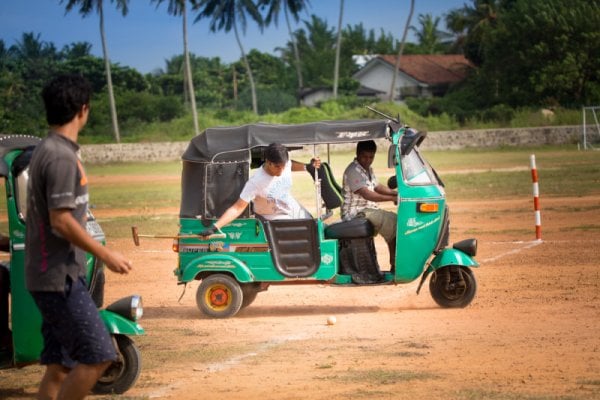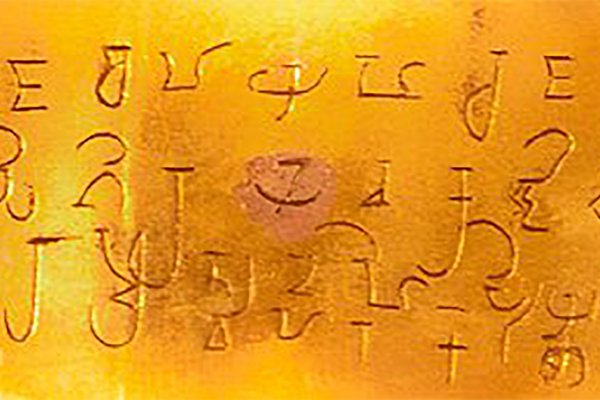
It’s been over eight years since Facebook became a thing in Sri Lanka. Only a handful of people were on it then, a few of whom had migrated from the only other locally popular social networking site at the time, Hi5. Eight years is a long time and today, Facebook here is huge, in every sense of the word. Not only has it become a household name in urban and rural areas alike, but it also arguably plays an integral part in regime change. But there was a time before Facebook. A simpler, a more innocent time on the local interwebs that a growing number of millennials seem to know very little about. Now, we are looking back at that time and what we used to do to kill time.
MSN Messenger
For a lot of us, this was pretty much the only reason to get online. Mobile phones weren’t as widespread and, thanks to dial-up, most people could only connect to the internet at off-peak hours, usually after 9 or 10 pm. And if someone picked up the land phone, that was it -which was honestly pretty frustrating. Picture this: you’re desperately waiting for your crush to reply in the middle of an important, life-changing conversation when the phone rings and you’re rudely signed out mid-sentence. Bah humbug.
But when it was good, it was great. You could play around with fonts (yours-truly preferred Comic Sans, *shudder*) and changing your display picture (DP) was a surefire way to get people’s attention. No one saying hi first tonight? Just change your DP into something sufficiently evocative and suddenly everybody wants to know how you’re doing. If that doesn’t work, simply change your status to a passive-aggressive one-liner or “deep” quote (yeah, way ahead of you Facebook divas) and, chances are, someone will go “Hey, you okay?” Back then, getting a girl’s MSN ID (often a Hotmail address) was better than getting a phone number. Because it meant endless hours of uncomfortable small talk and flirtatious banter. MSN was the place to be, and if you weren’t on it, you were decidedly uncool.
Hi5
The great grandfather of social networking in Sri Lanka. The original stalking ground that everybody wants to forget. Unlike on Facebook, Hi5 didn’t have the concept of friend requests. Which meant that your embarrassing, cringe-worthy updates were there for the world to see (and still are, probably. We haven’t checked).
Then there were the testimonials. Oh, God, the testimonials. (This is the one feature that I would personally like to forget the most). You would write something about a friend – usually something nauseatingly corny – that would be pinned to his or her profile, to be prominently displayed for the benefit of new visitors to their profile. Kind of like a permanent wall post. The worst part was that if someone wrote something about you, you were expected to give them a glowing review in return, or you would be considered a terrible human being. It was all very egotistical and, obviously, we loved it.
Message Boards
Long before Tumblr was even heard of, fandom took to the internet, ably helped by Web 2.0, to discuss and tear apart their favourite works of fiction on online forums/message boards. And with the emergence of websites like MuggleNet and OneRing.net in the early to mid 2000s, it exploded, drawing millions of obsessive fans to cyberspace (such a ‘90s word, we know), and Sri Lanka was no exception. Many Sri Lankans joined these discussion forums to overanalyse talk about their beloved young adult novels and the movies based on them.
Local message boards like ElaKiri.com also sprang up in the wake of these hugely popular forums and became a haven for up and coming musicians to promote their work. These boards played an important part in bringing the modern Sinhala and Tamil pop music scene (the BnS/Iraj era) to where it is today.
Chatrooms
Just like today, there were creeps in the good old days, and chat rooms like Kaputa.com were where all the thirsty dudes of Colombo met for some good ol’ a/s/l action.
And when we say dudes, we mean dudes. It is one of those well known secrets that practically every 18-year-old female that frequented these rooms was in reality a 25-year-old male. Mostly older. It was a breeding ground for creeps and stalkers and yet, people kept going for back more, knowing full well that the girl on the other side was not a girl at all. Good times.
That’s about all we can think of. Anything you can think of? Let us know in the comments.
Featured Image Credit: CNN












